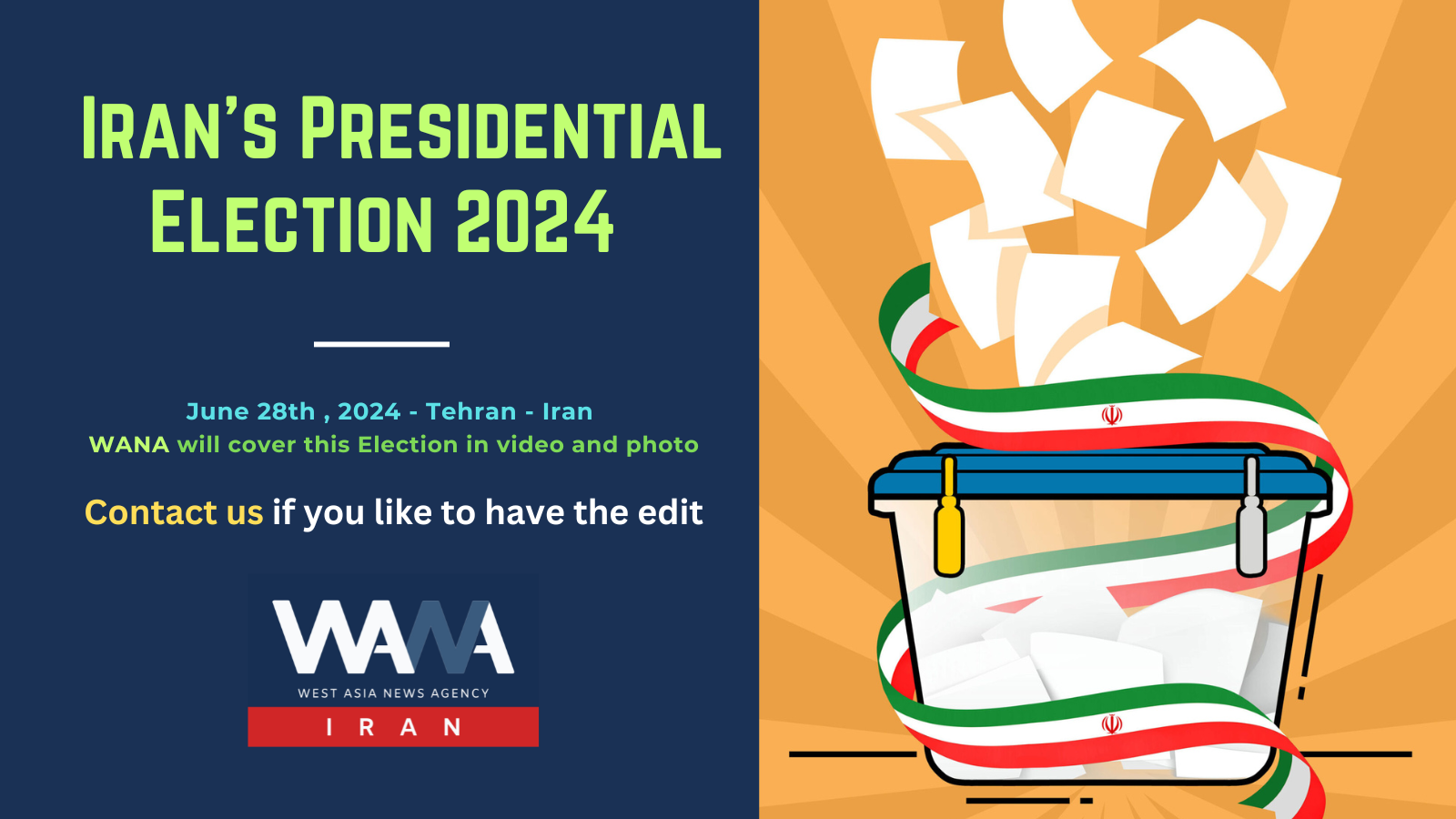Poverty reduction in Raisi’s government
WANA (June 21) – Fiscal policy, especially the social protection system with quasi-universal cash transfers, has partially buffered the impact of external shocks on the most vulnerable households and contributed to consumption-led growth.
Despite claims made by some presidential candidates, the poverty rate significantly decreased in the nearly three years leading up to 2023. Based on a poverty line of $6.85, the poverty rate decreased by 7.4 percentage points to 21.9%, meaning that 6.5 million people were lifted above the poverty line. Using a poverty line of $3.65, the poverty rate decreased by 2.2 percentage points to 3.8%.
Over the 8 years of Rouhani’s government, 8 million people fell below the poverty line, which averages to 1 million Iranians per year. However, during the 3 years of President Raisi’s administration, around 6 million people were lifted out of poverty, averaging more than 2 million Iranians annually.
International reports indicate that the poverty rate has decreased in the last three years, in contrast to its increase over the past eight years.
During the same period, households in the bottom 40th percentile experienced higher consumption growth than those in the top 60th percentile. This led to a reduction in inequality, reflected in the decrease of the Gini coefficient from 35.8 to 34.8. A combination of policies aimed at increasing wages, self-employment incomes, and cash subsidies contributed to the growth in consumption and reduction in poverty. It is projected that this trend of poverty reduction will continue over the next three years, albeit at a slower pace, with a decrease of 3 percentage points based on the poverty line of $6.85.

WANA – Iran’s presidential election 2024












